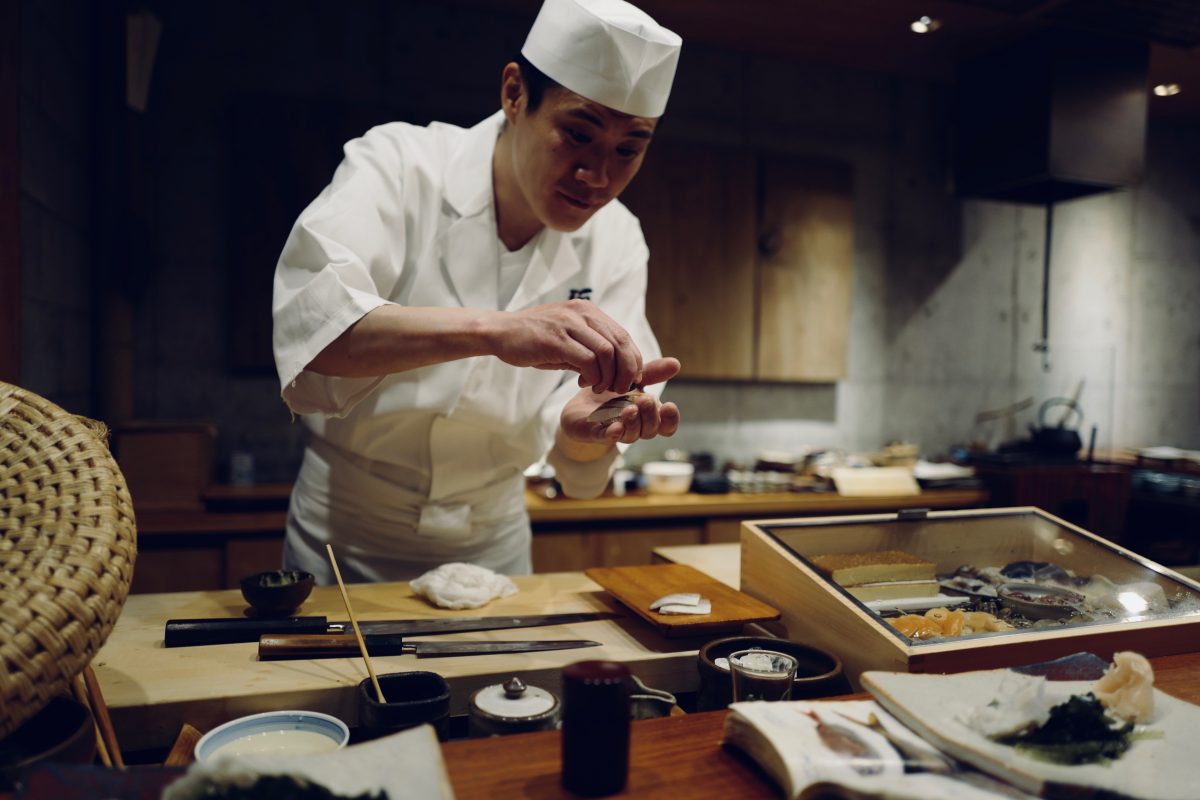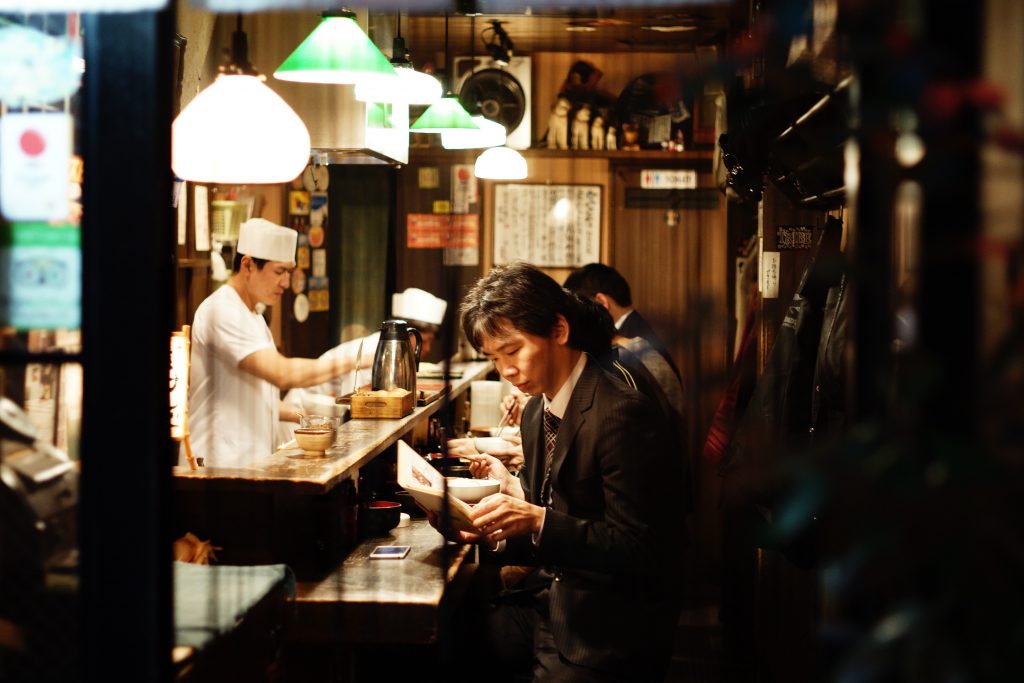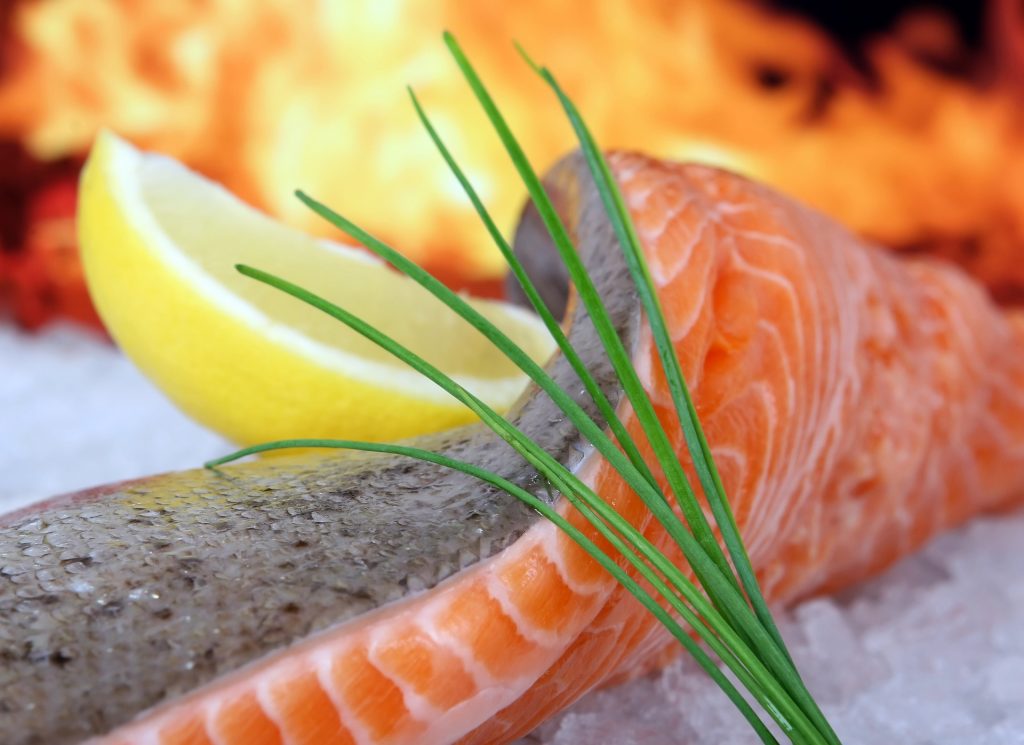The Expert’s Guide To Omakase: A Special Japanese Dining Experience

Japan has lots of unique and highly enjoyable traditions surrounding every aspect of life. These traditions are part of what makes Japan such a fascinating country to visit, and so different to what you’ll find back home. Omakase is one of the more unusual traditions and it isn’t well known in other countries. But if you indulge in this tradition the right way, you’ll have one of the most memorable experiences and meals of your life.
What Is Omakase?
Omakase is a uniquely Japanese tradition and it’s one that’s quickly becoming popular around the world. When you try eating this way, you’ll have more than a meal. You’ll enjoy an immersive experience that often feels very intimate and personal. And you’ll probably get the best food of your life.
Omakase translates to “respectfully leaving another to decide what is best.” When you decide to eat this way, you’re literally letting the chef choose what you eat. It’s a formal type of dining that’s highly revered in Japan. And it’s also a little intimidating. But the meal you’ll get when this is done right will be exquisite. It will be artistic, creative, and made with ingredients that are seasonal and the finest available.
Sophisticated diners often ask for omakase at sushi restaurants. In fact, traditionally sushi restaurants didn’t even have menus. Instead, patrons would walk up to the bar and use this word to get a great meal. If you have the money and an adventurous palate, this is a truly magnificent way to eat.
An Omakase Guide

Photo by Alva Pratt on Unsplash
You won’t be able to get an omakase meal at any random restaurant in Japan. This is usually something that only the locals indulge in, so you might have some trouble in the usual tourist spots. If you’re looking to have an omakase meal, here are some guidelines for what to do and expect.
Choose your restaurant carefully.
If you’re in a chain restaurant, one that’s big and packed with customers, or a small shop with limited items on the menu, you probably won’t get omakase there. You need to look for a small restaurant with daily, fresh ingredients.
Sit at the bar.
Omakase is an intimate experience. The chef needs to get to know you so they can judge what foods you will like. This means that you have to sit at the bar, close to where the cooking is.
Different omakase menus.
Some restaurants that offer omakase will have menus, others won’t. The ones with menus will offer set dishes that change periodically. This can make your meal a little less nerve-wracking, but it’s also less impulsive. Other places won’t have a menu and each dish will be a little surprise.
Expect small serves.
When you eat an omakase meal, the chef will choose each dish based on what they think you will like. This means you’ll get to taste up to 20 tiny dishes, all of them chosen based on the chef’s impression of you. You won’t usually have to worry about being overstuffed afterwards either. A good chef will calculate your meal so that you’re satisfied without being uncomfortable.
Talk.
Omakase is an intimate experience, so expect the chef to talk to you. Some of them will share details of their lives, others will ask about your life and some may just explain each dish. It all depends on the personality of the chef. But what doesn’t change is the fact that you will need to talk throughout your meal.
Unusual food.
You won’t do well with omakase if you’re a picky eater or have lots of allergies or dietary restrictions. So, if you struggle in normal restaurants to find food that you can eat then this style of dining probably isn’t for you.
A high price.
Omakase isn’t cheap. You can expect to pay at least 10,000 Japanese yen for this type of meal. And the prices can and will go much higher than that depending on the restaurant you eat in. That’s why this style of eating definitely isn’t for travellers who are trying to travel on a budget. So, expect to pay a lot for your meal, but it will definitely be worth it.
A range of sushi options.
Depending on where you go for your meal, you can expect a wide range of sushi during an omakase meal. The higher end places will serve delicacies like sea urchin or Kobe beef. And the prices will be commensurate with the ingredients used.
Omakase Etiquette

Image from Pixabay
Like everything in Japan, this type of meal is highly ritualised. This is probably the most intimidating part for foreigners, the feeling that you’re going to do something wrong. And to be honest, you probably will do something wrong. Japan has a culture that isn’t easily understood by outsiders, which makes it easy to make mistakes. But as long as you honestly try, the people around you will be forgiving. And you can always ask the chef if you’re unsure about something.
Here are some tips to help you avoid common mistakes during an omakase meal:
Eat the sushi with your fingers, but not the sashimi.
Don’t mix the wasabi and soy sauce, it will spoil the balance of wasabi the chef has put on each piece.
Eat some ginger between courses to refresh your palate, but don’t put it on the sushi.
Eat each sushi in one bite, the chef will design them to fit each customers’ mouth.
You can take pictures of the food but ask before you include other people in them.
Don’t alter the sushi once it arrives on the place because this undermines your trust in the chef.
Take your time finishing your meal, because omakase is supposed to be a soothing, transformative eating experience.
Traveling in Japan will expose you to things that you can’t and won’t see anywhere else. You’ll see rituals and traditions that you’ve never heard of and taste food so good that you won’t want to leave. And that’s what omakase is really about, immersing yourself in the wonder and tradition of food in Japan.

